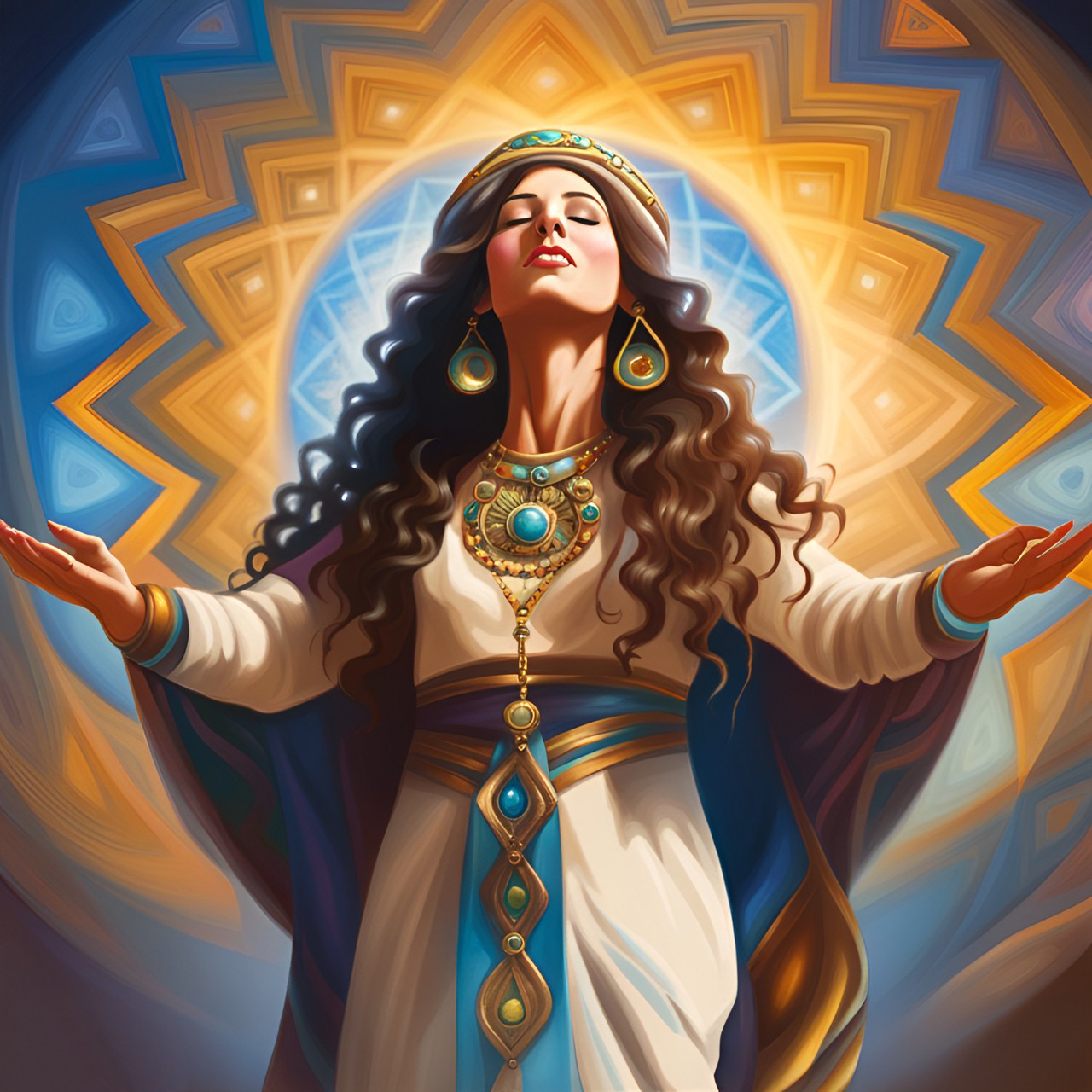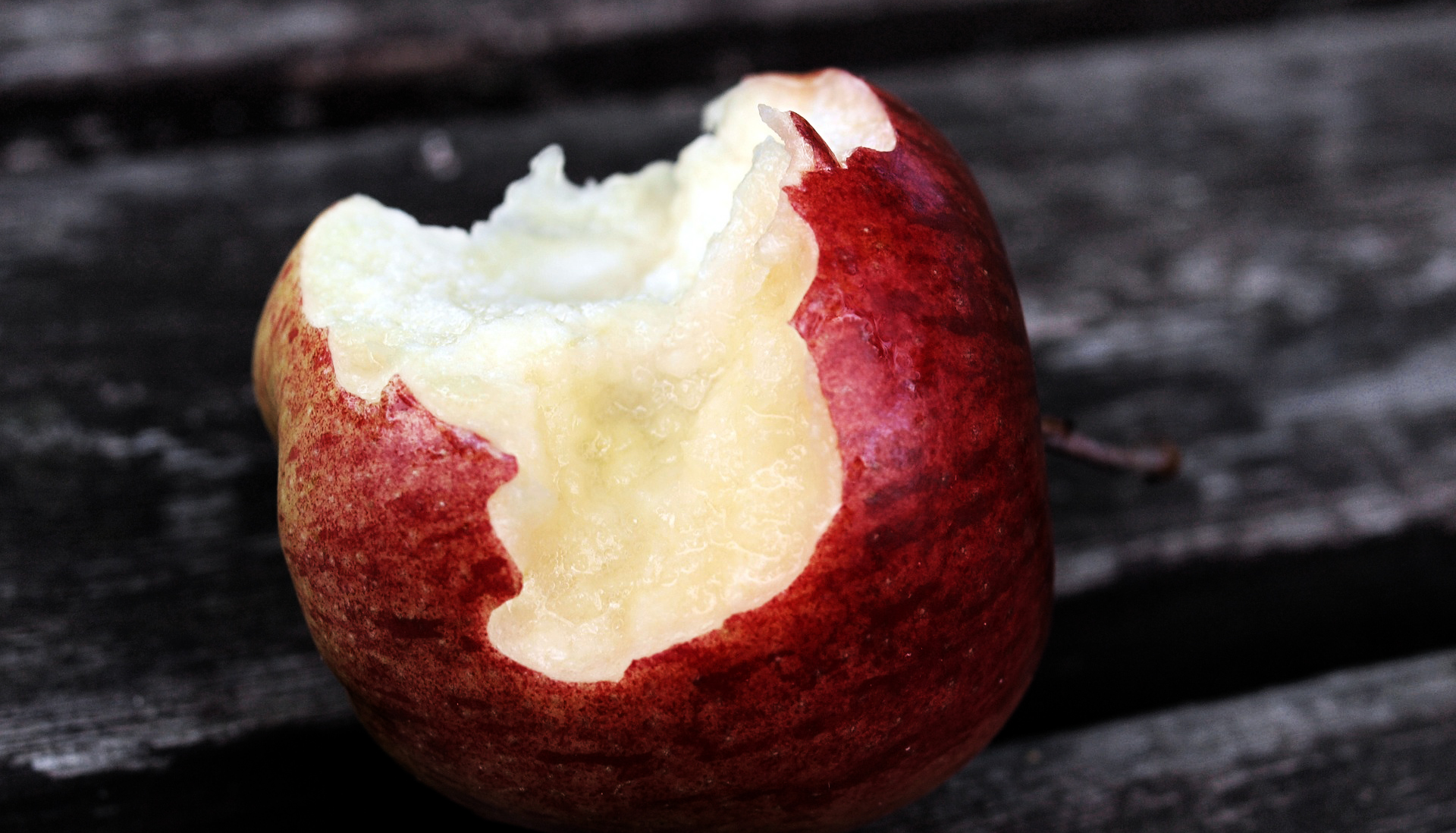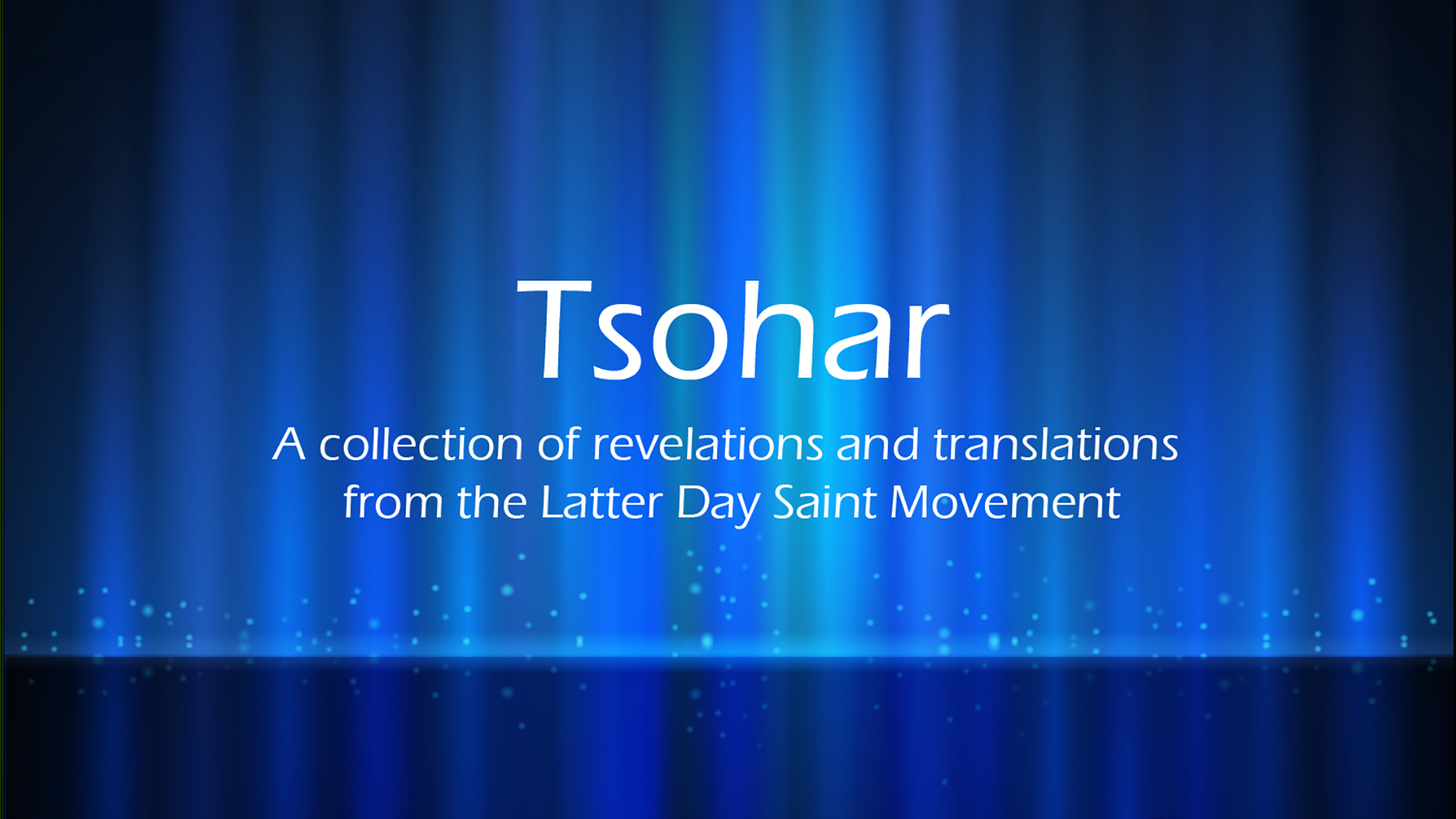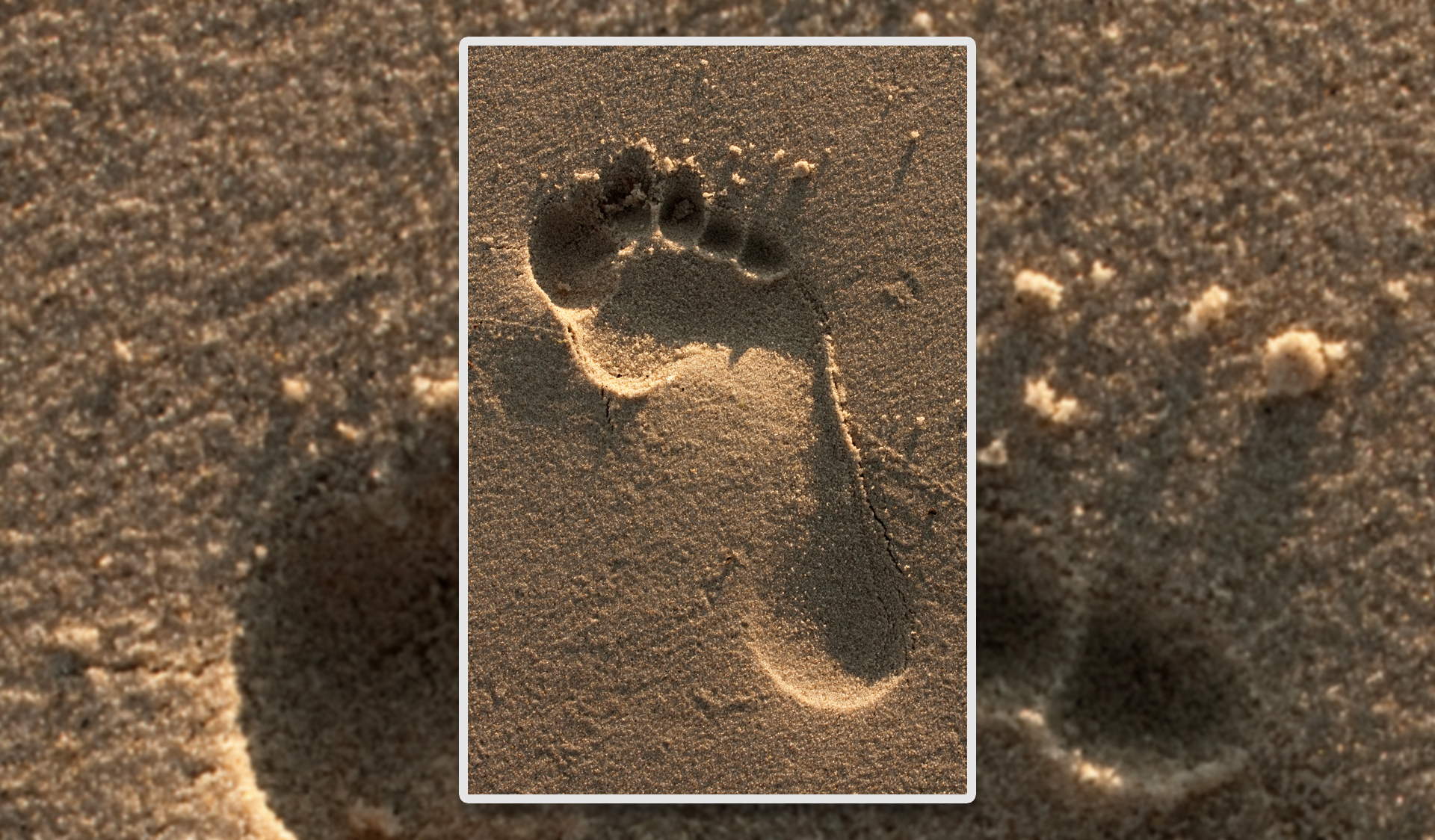The Tree of Life in Spiritual Practice
In Mormon Kabbalah, faith is an action. We deepen our personal relationship with God, allowing the light of Jesus Christ to transform us.
Neum and Kabbalah
Behold, I am Neum, the Oracle, reader of the stars—I am she who pours out the libations for YHVH; I am she who still dances in prophecy when the daughters do sing, and the young men do play their harps and beat their drums.” -Neum 2:1-2 Neum is not a traditionally recognized Kabbalistic text in the sense of being a part of the core Kabbalistic literature like the Zohar, Sefer Yetzirah, or Bahir, but it certainly contains themes, imagery, and spiritual ideas that align closely with Kabbalistic principles. There are a few reasons why Neum can be seen as resonating with Kabbalistic thought, even if it isn’t classified as a Kabbalistic book. Let’s review a few of these reasons. The Mystical Relationship Between Israel and God One of the central motifs in Neum is the depiction of Israel as the bride of God, which is a key Kabbalistic concept. In Kabbalah, particularly in the writings of the Zohar, the relationship…
What is Sin?
“By the deeds of the law there shall no flesh be justified in his sight: for by the law is the knowledge of sin. But now the righteousness of God without the law is manifested, being witnessed by the law and the prophets; even the righteousness of God which is by faith of Jesus Christ unto all and upon all them that believe: for there is no difference: for all have sinned, and come short of the glory of God.” -Romans 3:20-23
We have been told to abandon sin, to forsake sin, and not to sin. But what is sin? What does it mean to sin? And once we know, how do we avoid it?
The Tree of Life
“And out of the ground made the LORD God to grow every tree that is pleasant to the sight, and good for food; the tree of life also in the midst of the garden, and the tree of knowledge of good and evil.” -Genesis 2:9
In the Garden of Eden it is said there were two very important trees: the tree of life and the tree of the knowledge of good and evil. The fruit of the tree of good and evil is a representative of the impulsive or reflexive submission to God’s law vs the endowment of moral autonomy (Genesis 3:22). It is the ability to choose and discern good from evil autonomously. By contrast, the the tree of life represents God’s love through Christ.
The Divine Feminine
Note: This article was originally posted May 12, 2018
“And it came to pass that the Spirit said unto me, Look! And I looked and beheld a tree; and it was like unto the tree which my father had seen; and the beauty thereof was far beyond, yea, exceeding of all beauty; and the whiteness thereof did exceed the whiteness of the driven snow.” -1 Nephi 3:46 RAV, 11:8 OPV
Within the Latter Day Saint movement, there are a number of theologies regarding the nature of God. In the Fellowship, and within Mormon Kabbalah, we accept all of them. It’s about how God reveals Himself, or Themselves, to us as individuals. We build, as it were, our own religions.
Sefirot, Chakra, and the Five Graces
At length Rabbi Simeon spake, and said: “As a lily amongst the thorns.” This word lily, what doth it mean and symbolize? It symbolizes the congregation of Israel.” -Zohar, the Lily
The Sefirot withing the Tree of Life represent various parts of the body. Alone, they are incomplete. Adding the chakra, energy points that run from the brain down to the spine, and parts of the body and adds to our understanding. In Mormon Kabbalah we have unique understanding of the chakra thanks to Apostle Victoria’s revelation from the Divine Feminine. She added to our understanding by introducing us to the Five Graces. Combining the traditional chakra with the new wisdom adds to our knowledge to begin to complete our understanding.
The Twelve Sefirot
“The fruit of the righteous is a tree of life; and he that winneth souls is wise.” –Proverbs 11:30
In Mormon Kabbalah there are 12 Sefirot, ten visible on the Tree of Life, one invisible, and the twelfth Sefirot is the Tree itself, En Sof.
Hod
“Thou shalt not steal; blessed are the meek, for they shall inherit the earth.” –Book of the Law of the Lord 1:8/3 Nephi 5:52 RAV, 12:5 OPV
The 10 Sefirot (Hebrew for “emanations”) are the 10 attributes of God in Kabbalah, through which Ein Sof (the Everlasting name of God) reveals Himself/Themselves to humankind. There are a few different ways of using the Sefirot. Some Kabbalists study and grow from attribute to attribute, while others see them as an urim and thummim. As an urim and thummim, the right and left sides create a series of “lenses” for the natural eyes, while the center creates a series of “lenses” for the third or spiritual eye. Through this urim and thummim, God helps us see both the physical realm and the chain of higher metaphysical realms.
8 Threads of the Garments of the Priesthood
When one enters the ministry they are ordained to the priesthood. We are then, being clean, given the Garments of the Priesthood. In the Book of Remembrance, the Lord God sends Raphael to teach us the deeper symbolism of the Garments
Netzach
“Thou shalt not commit adultery; blessed are all they which do hunger and thirst after righteousness, for they shall be filled with the Holy Ghost.” –Book of the Law of the Lord 1:7/3 Nephi 5:53 RAV, 12:6 OPV
The 10 Sefirot (Hebrew for “emanations”) are the 10 attributes of God in Kabbalah, through which Ein Sof (the Everlasting name of God) reveals Himself/Themselves to humankind. There are a few different ways of using the Sefirot. Some Kabbalists study and grow from attribute to attribute, while others see them as an urim and thummim. As an urim and thummim, the right and left sides create a series of “lenses” for the natural eyes, while the center creates a series of “lenses” for the third or spiritual eye. Through this urim and thummim, God helps us see both the physical realm and the chain of higher metaphysical realms.
Tif’eret
“You shall not murder; blessed are the merciful: for they shall obtain mercy.” –Book of the Law of the Lord 1:6/3 Nephi 5:54 RAV, 12:7 OPV
The 10 Sefirot (Hebrew for “emanations”) are the 10 attributes of God in Kabbalah, through which Ein Sof (the Everlasting name of God) reveals Himself/Themselves to humankind. There are a few different ways of using the Sefirot. Some Kabbalists study and grow from attribute to attribute, while others see them as an urim and thummim. As an urim and thummim, the right and left sides create a series of “lenses” for the natural eyes, while the center creates a series of “lenses” for the third or spiritual eye. Through this urim and thummim, God helps us see both the physical realm and the chain of higher metaphysical realms.












